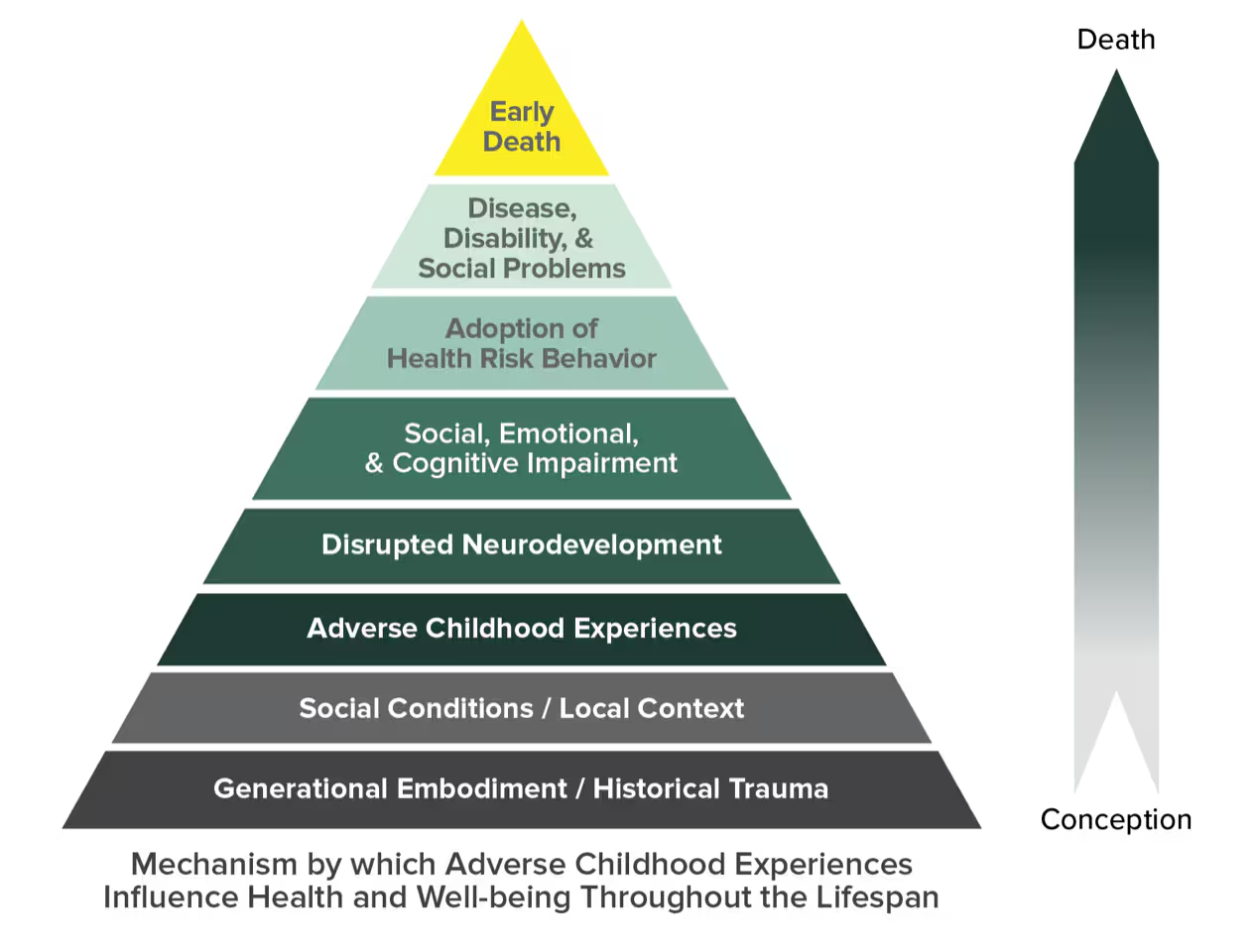Governors’ 2022 State of the State speeches highlighted various efforts to address a myriad of criminal justice and public safety issues set to challenge the nation in the year ahead.
By Maria Kearl, Ken Hardy, Lauren Dedon, Elise Simonsen, Brigitte Jolliet, and Micaja Verna
Governors utilized their 2022 State of the State addresses to discuss several ongoing and developing issues concerning criminal justice and public safety, including the recent increase in violent crime and the continued rise in drug overdoses. Governors highlighted four priority areas for the year ahead: increasing support for law enforcement and first responders, continuing support for substance use treatment, reducing violent crime and implementing criminal justice reform.
Increased Support for Law Enforcement and First Responders
Following the calls for police reform over the past year and a half, Governors from at least 30 states and territories included the discussion of law enforcement in their address. Their expressed statements mostly centered on recognizing hardships and providing support for law enforcement considering the ongoing issues with violent crime and illegal drugs. In at least 17 states, this involved increasing funding for law enforcement agencies, including one-time raises, increases to hazard pay and overall salary increases, and providing additional funding to support law enforcement training programs. For example, Michigan Governor Gretchen Whitmer discussed providing funding for better training and expanded resources for local police departments.
At least 12 Governors mentioned expanding their law enforcement recruitment and retention efforts. In Illinois, Governor JB Pritzker supported a budget which provides “resources to add [the] largest number of state police cadets in any single year.” In Oklahoma, Governor Kevin Stitt discussed the Oklahoma First Responders Wellness Division, which provides access to mental health support to for officers and first responders.
Finally, in at least nine states, Governors supported the expansion of training programs both to ensure ethical and informed responses by officers in the field as well as to increase access to essential tools and equipment to enhance officer safety. For example, Missouri Governor Mike Parson discussed upgrading Peace Officer Standards and Training (POST) academies in part to improve officer retention and recruitment.
Continuing Support for Substance Use Treatment
Governors from at least 16 states responded to the ongoing drug overdose epidemic and broader substance use disorder issues, with drug overdoses increasing during the COVID-19 pandemic. States have taken various approaches, including increasing prosecutions for those spreading fentanyl and activating the National Guard to help prevent the flow of illegal drugs into communities. In Idaho, Governor Brad Little mentioned the implementation of “Operation Esto Perpetua,” which calls on Law Enforcement and Citizen Action Groups to reduce the flow of fentanyl and methamphetamine into the state. In addition to law enforcement led initiatives, some states have focused on the treatment and recovery components of the substance use continuum. In Delaware, Governor John Carney emphasized the success of the Behavioral Health Consortium in providing support to affected communities.
Reducing Violent Crime
Violent crime increased during the pandemic. In response to this trend, Governors from at least twelve states signaled their intent to tackle the issue head on. This includes combatting gang violence using anti-gang task forces and funding community violence intervention programs, such as Operation Ceasefire which was recently implemented in Virginia. In Connecticut, Governor Ned Lamont announced the formation of an illegal gun unit in the public safety department to trace guns recovered at crime scenes to their source.
To further mitigate the harm caused by violent crime, Governors from at least eight states proposed increasing funding for victim protection programs and compensation funds. For example, in Colorado, Governor Jared Polis mentioned the allocation $6 million in funding for support for domestic violence victims and $35 million in support for the Crime Victim Services fund.
Ongoing Criminal Justice Reform Efforts
Governors generally expressed support for criminal justice reform, with at least eight states specifically pointing to rehabilitation, treatment and reintegration as a means of preventing violent crime and reducing recidivism. Measures to achieve this include supporting community policing initiatives and increased funding to modernize corrections facilities. Several states mentioned job training programs for incarcerated individuals, including New York, where Governor Kathy Hochul discussed the Jails to Jobs initiative; West Virginia, where Governor Jim Justice discussed the Jobs and Hope program; and Mississippi, where Governor Tate Reeves discussed expanding the Work Release Pilot Program.
Alternatively, at least four Governors discussed implementing more guardrails for individuals released pretrial, as well as bail reform. Governors also supported providing additional support for courts and prosecutors. Specifically, at least three Governors discussed efforts to address court backlogs that were exacerbated during the pandemic. For example, in Alaska, Governor Mike Dunleavy celebrated the clearing of the longstanding backlog of thousands of untested sexual assault examination kits while also indicating support for measures to prevent this backlog from developing in the future. Governors from at least five states referenced support for juvenile justice reform. In Kansas, Governor Laura Kelly supported increasing funding for evidence-based community programs and practices for juvenile offenders, juveniles experiencing mental health crisis and their families.
Overall, the Governors’ 2022 State of the State speeches highlighted various efforts to address a myriad of criminal justice and public safety issues set to challenge the nation in the year ahead.
This document was created with the support of Grant No. 2016-DP-BX-K001 awarded by the Bureau of Justice Assistance. The Bureau of Justice Assistance is a component of the Office of Justice Programs, which also includes the Bureau of Justice Statistics, the National Institute of Justice, the Office of Juvenile Justice and Delinquency Prevention, the SMART Office and the Office for Victims of Crime. Points of view or opinions are those of the authors.













